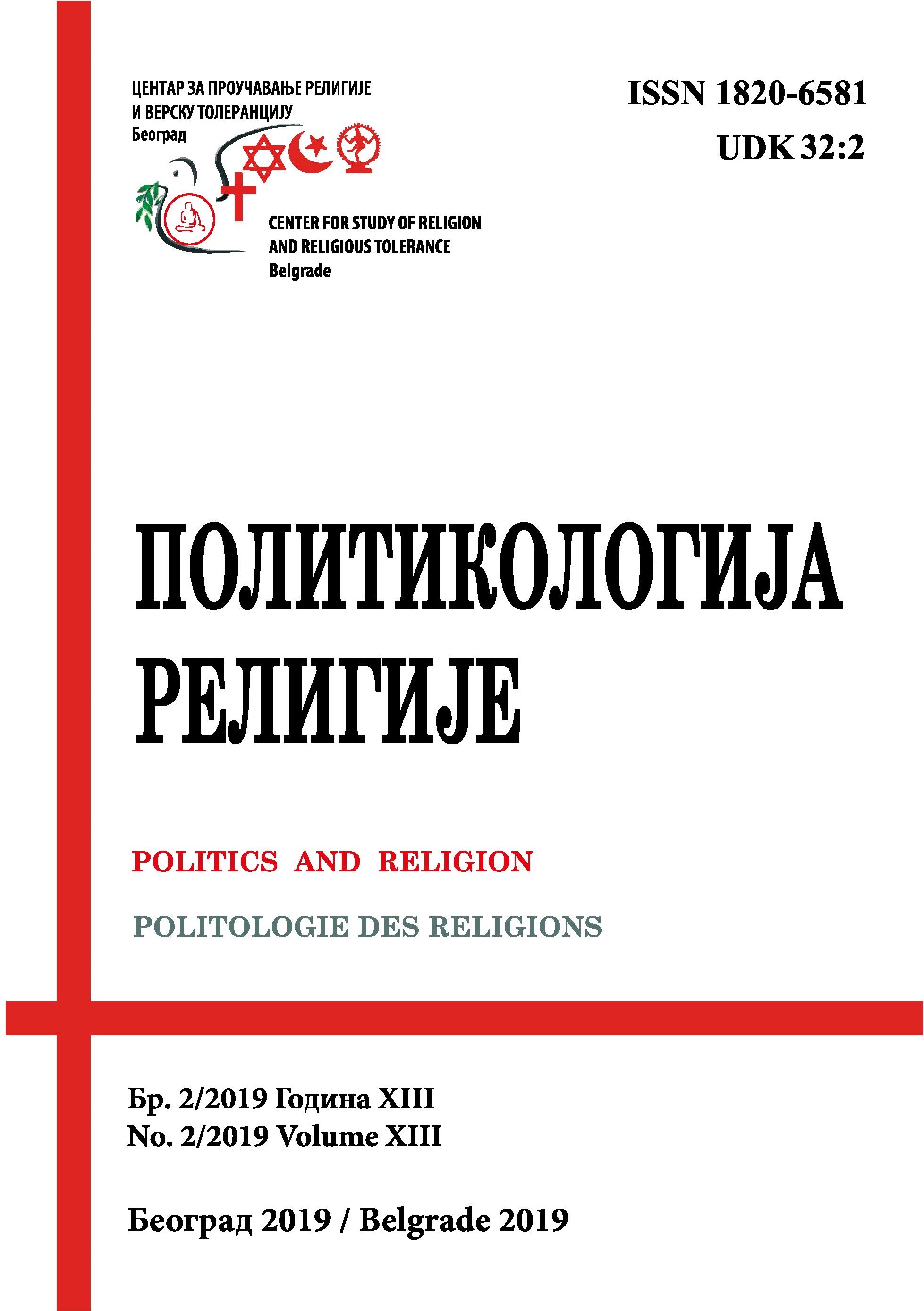GREEK-ORTHODOX RELIGIOSCAPES AS DOMAINS OF MIGRATORY INTEGRATION AND HYBRIDISATION IN GERMANY AND GREAT BRITAIN: A COMPARATIVE STUDY
GREEK-ORTHODOX RELIGIOSCAPES AS DOMAINS OF MIGRATORY INTEGRATION AND HYBRIDISATION IN GERMANY AND GREAT BRITAIN: A COMPARATIVE STUDY
Author(s): Georgios E. TrantasSubject(s): Sociology of Culture, Sociology of Religion
Published by: Центар за проучавање религије и верску толеранцију
Keywords: Religioscapes, migration; identity; de- and re-territorialisation; hybridisation; Greek Orthodoxy
Summary/Abstract: This paper aims to introduce an alternative research approach in dealing with migrant communities as religioscapes, from the perspective of religious aesthetic. Namely, it focuses on the Greek and Greek-Cypriot migrant commu-nities in Germany and Great Britain and examines their religiocultural symbolic constellations in the public sphere, particularly, those which illustrate aspects of their self-perception and migration narratives. In both cases churches serve as arks of culture and identity. In the lapse of time, community and church, be-ing closely knit, jointly constructed their migrant narratives of de- and re-terri-torialisation, cultural adaptation and hybridisation, essentially their own distinct sense of being and belonging. Therefore, one observes the phenomenon of in-terwoven migrant and church narratives. The particularities of these constantly under construction identities are manifest in the architectural, hagiographical/iconographical themes, aesthetics and concepts of their churches. It is typical, however, of the Byzantine iconographic tradition to include and demonstrate the socio-political conditions of its time and place; and, those visual manifesta-tions, as part of a sociocultural reality, possess a contextual dimension in their symbolic content, while being an act and a medium of communication in their own right. It is therefore feasible to decode their aforementioned content and articulate the narrative therein.
Journal: Политикологија религије
- Issue Year: XIII/2019
- Issue No: 2
- Page Range: 309-332
- Page Count: 24
- Language: English

